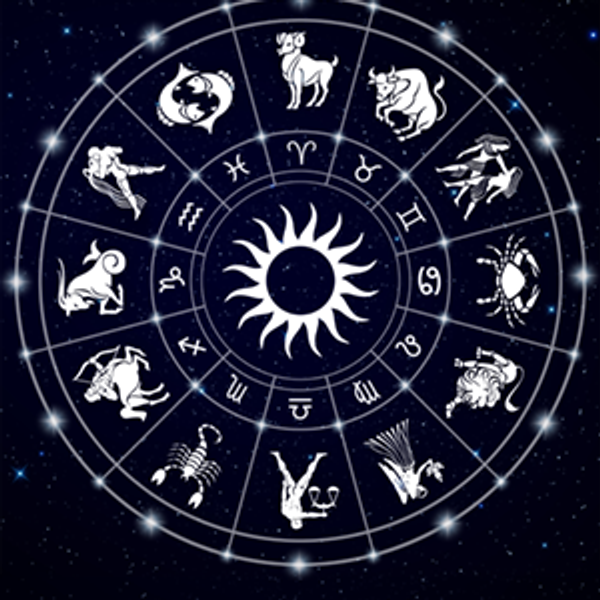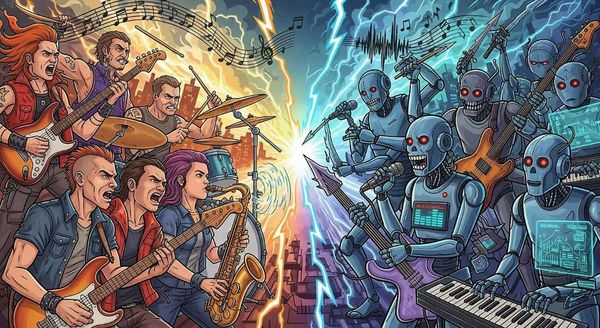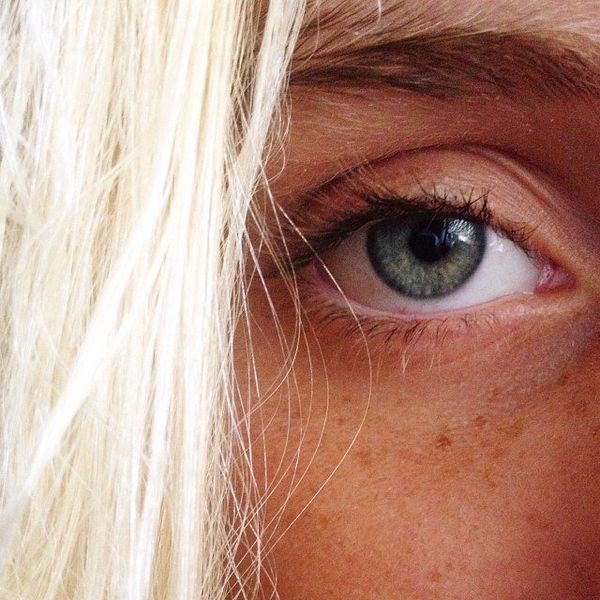My War on Drugs: Conclusion
I found an answer to my chronic pain outside of big pharma
"Hi, I'm here to pick up my prescriptions."
The young blonde receptionist who I was used to greeting me with polite smiles and friendly words looked towards me in disbelief. She turned from her seat at the front portion of the wrap-around desk, leaned into me and spoke in quiet words, "You didn't get the letter?"
I replied in confusion, "What letter?"
"I'll print a copy for you. You've been discharged. You are no longer a patient here."
The words rang in my head. My hands began to shake. How does something like this happen?! What would I do now?
My family doctor had changed practices and was no longer accepting patients with Medicare. The clinic where she worked wouldn't take me back as a patient because I was a chronic pain patient. I had no primary care doctor and now my specialist who had been prescribing my medications for over five years had discharged me. I was on the last day of my final three-day patch. I was a chronic pain patient without a doctor.
Since 2002, for seven years, I had been using the opioid patch to keep my pain at bay, but I had occasionally experienced bad patches. One out of every twenty to thirty of the patches would malfunction causing me to experience the symptoms of withdrawals. The idea of going through them "cold turkey" filled me with fear. I started shaking, and I felt my face and ears turn red as tears welled up in my eyes and my chin quivered.
Experience taught me not to take it out on the front office staff, so as I started to get upset, I walked out the door. They could mail the letter. My own experience working in the medical profession had taught me it was not their fault, whatever had happened.
The next weeks were filled with cramping and spasming. In 2009 there were no dispensaries in Washington. I had no idea how to obtain the herbal medication that could eliminate the pain and the withdrawal symptoms that had me alternating living on the toilet and in a fetal position for days and nights seemingly without end. Eventually, I was able to make a connection, and with the first shaky inhale, the spasms began to calm. My anxiety about the withdrawals eventually settled. After a few months, I was happy to be free of the opioid crutch that had been my nemesis for almost a decade.
Early in 2010, I learned to infuse butter with cannabis. When I ate the herbal medication, I found much longer-lasting relief from my pain as well as the spasms that remained in my legs and lower abdomen. In his book, Backes mentions, "Swallowing cannabis preparations containing THC increases the length of time they are effective for analgesia and for sleep, and increase their perceived potency." I also noticed the nightmares from my PTSD had ceased. This was a relief from a different type of pain. A different type of side-effect as well. Instead of taking 19 pills for the side-effects of a patch, a year later I was experiencing relief of multiple symptoms and disorders while using cannabis to treat my pain.
In the intervening years, I've been shocked at every mention of Fentanyl in the news. The deaths of Prince and Tom Petty broke my heart as a music lover. As a person who lost seven years of her life to fentanyl, I know their murder weapon intimately. As a cannabis advocate, I wished Tom had "Rolled Another Joint" instead.
(For those who missed the first two parts: Part One, Part Two)
























